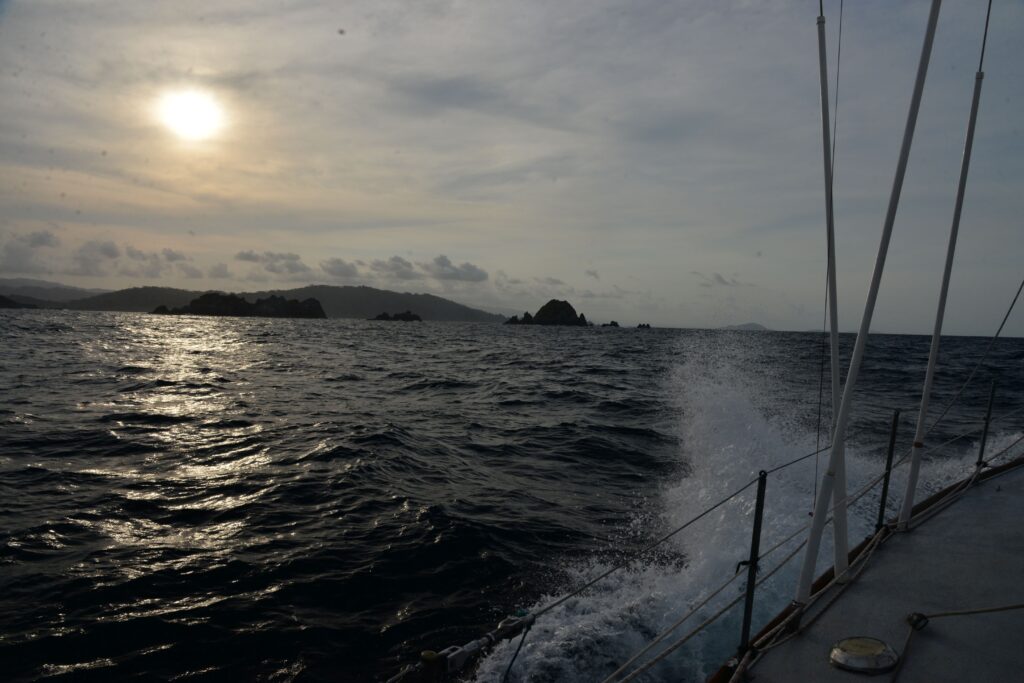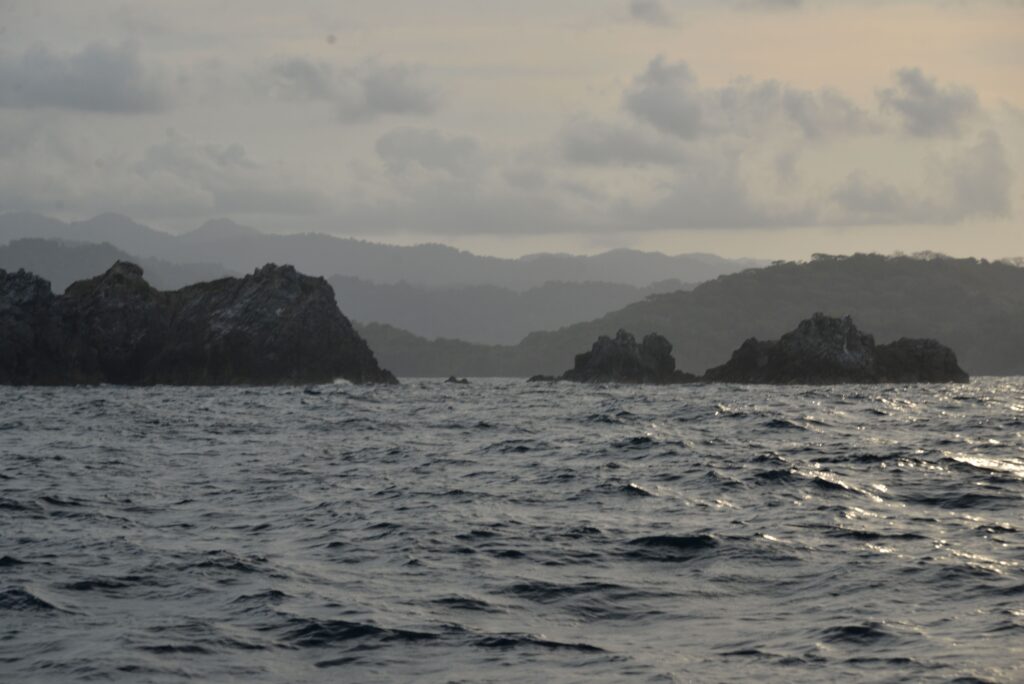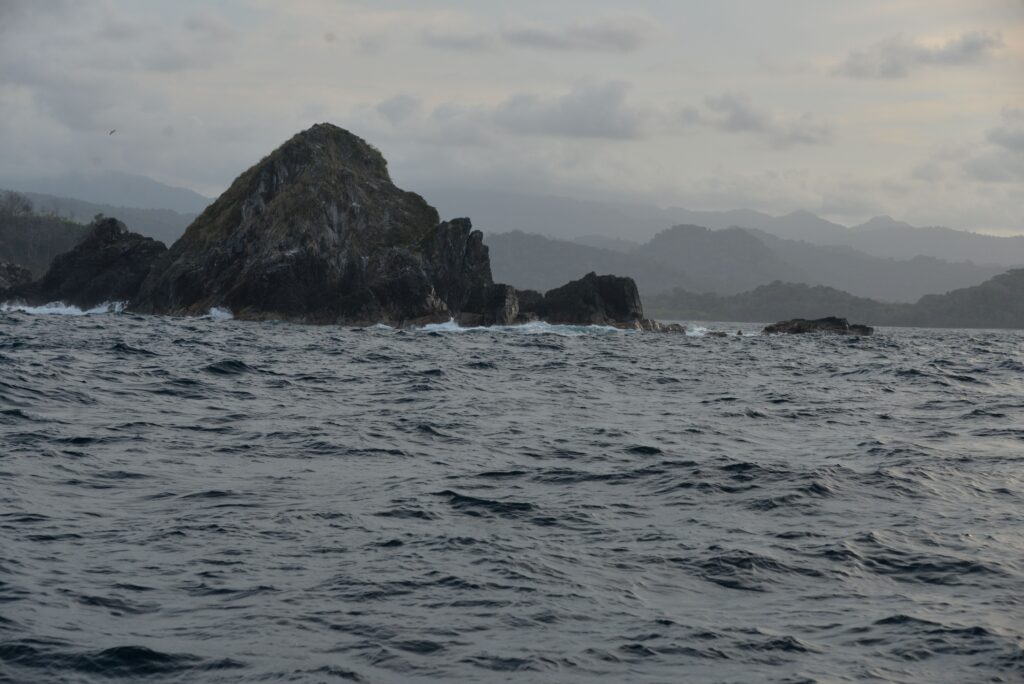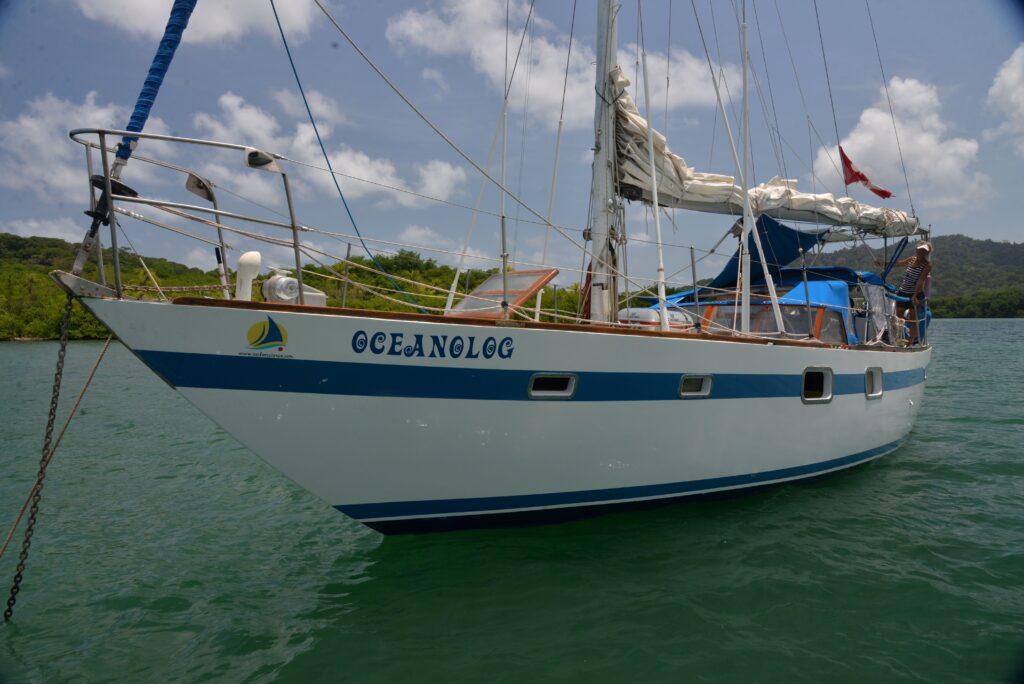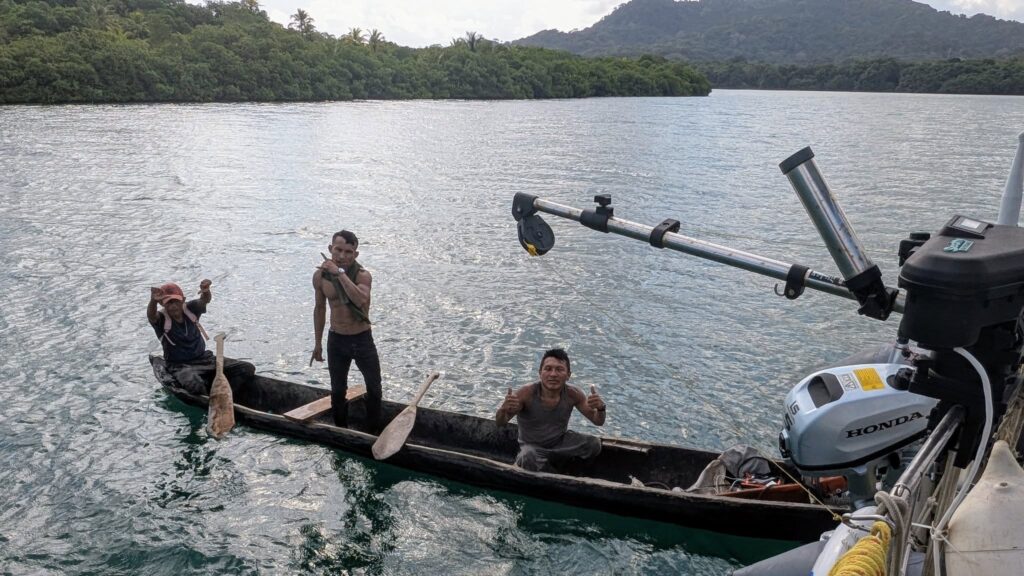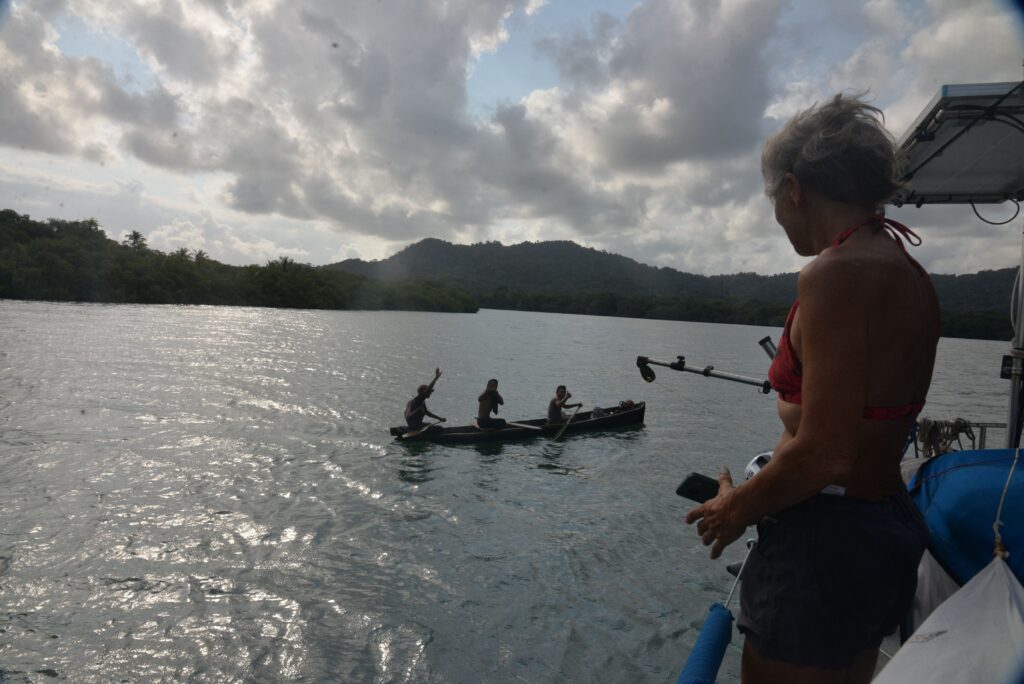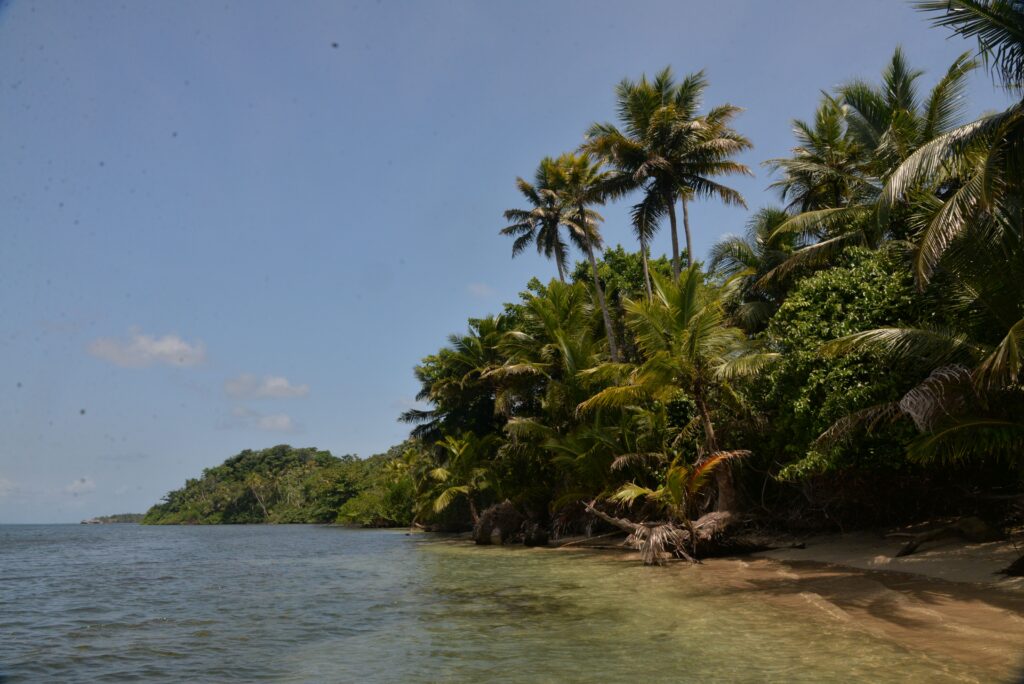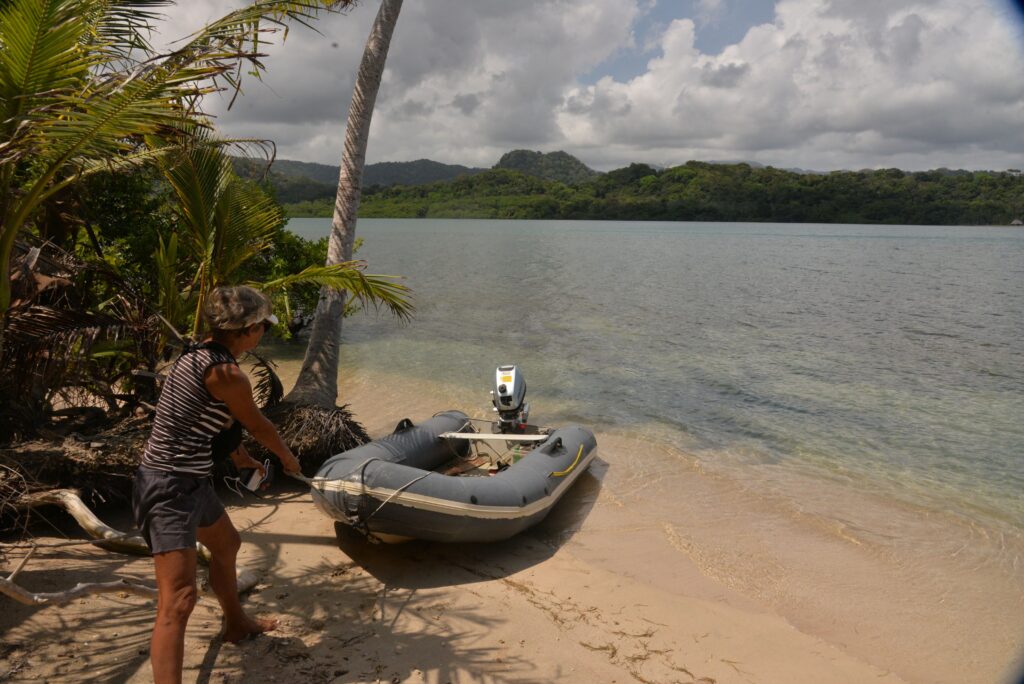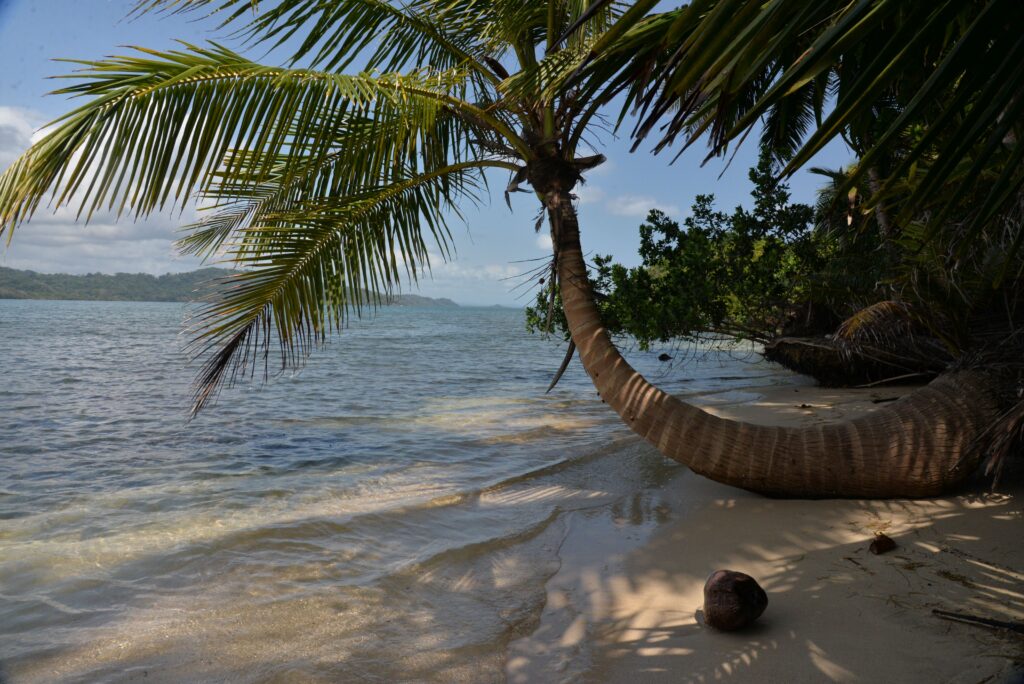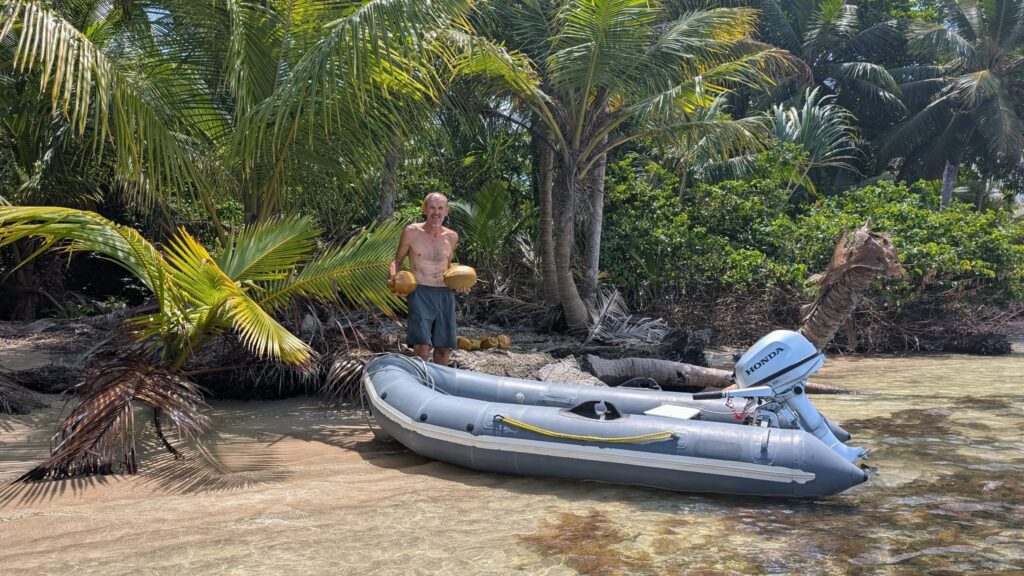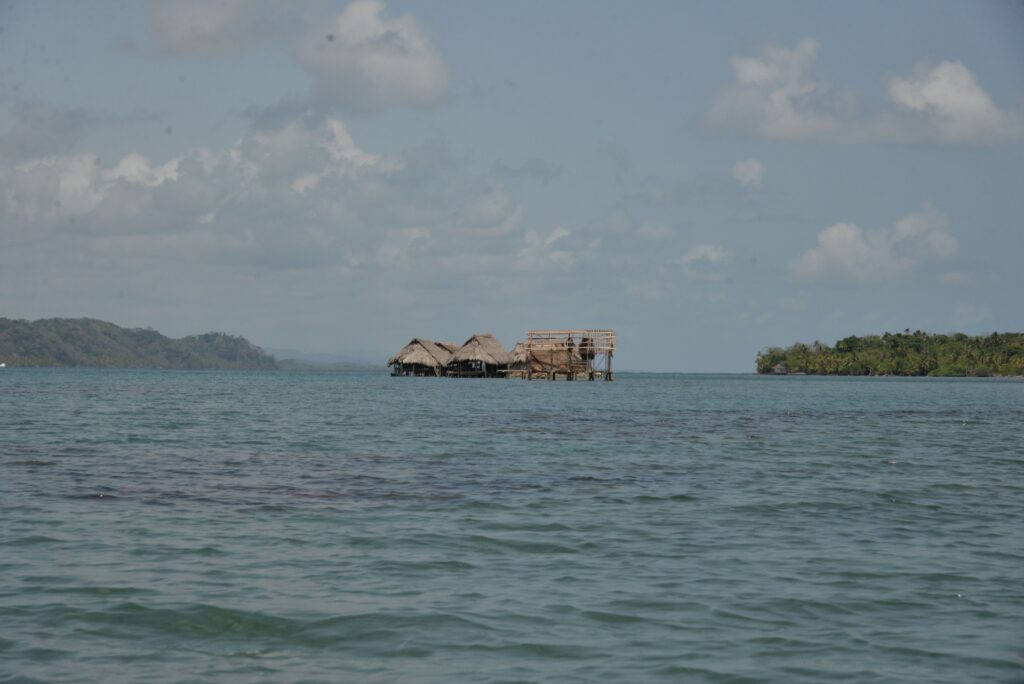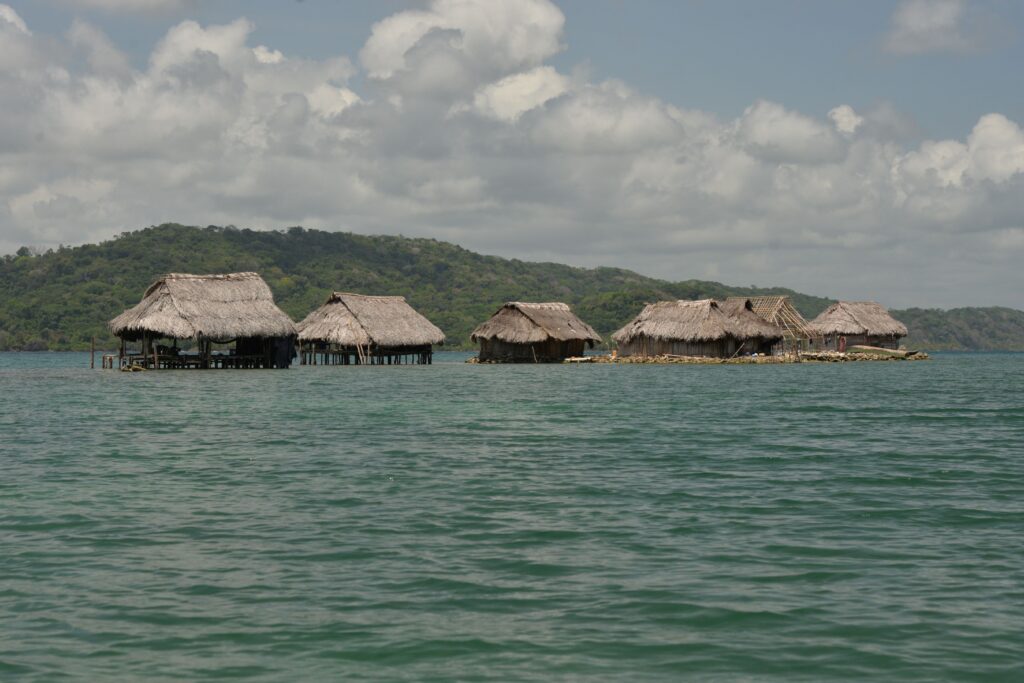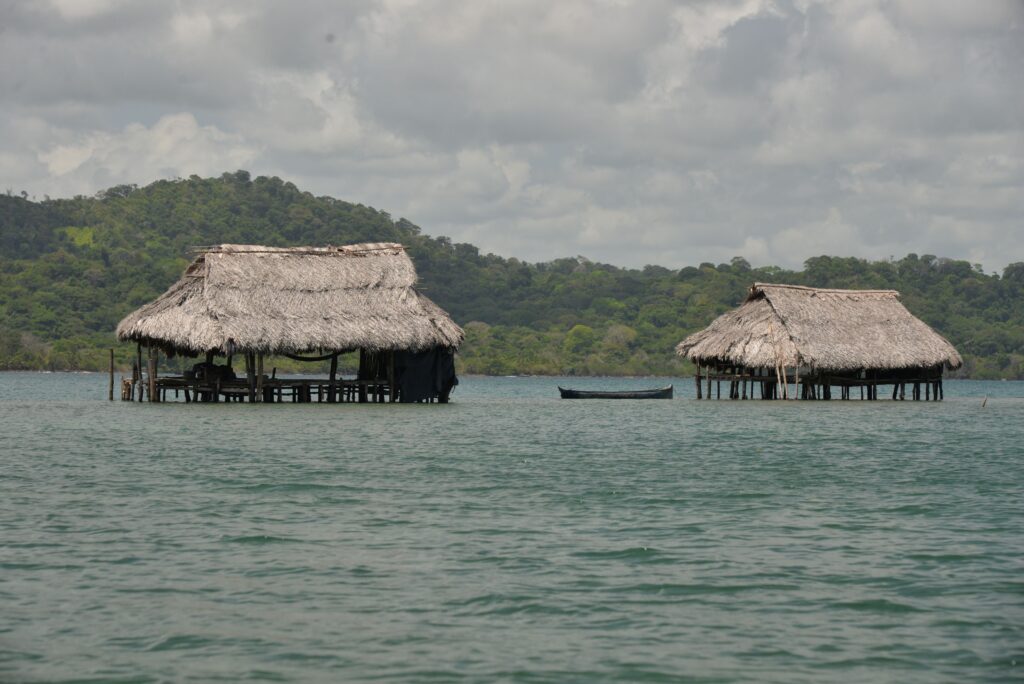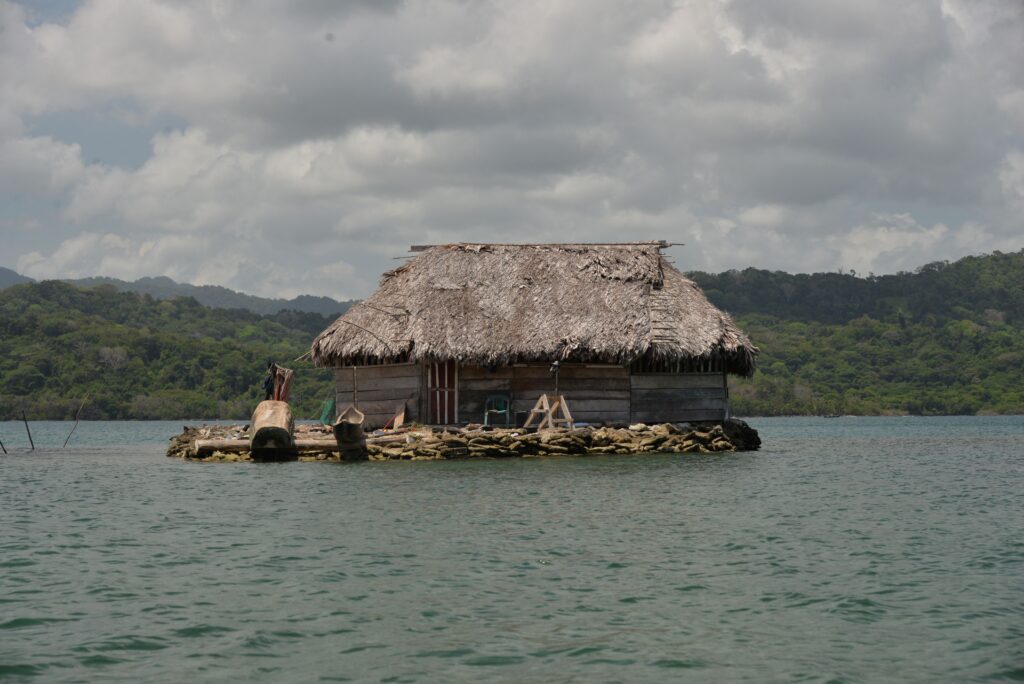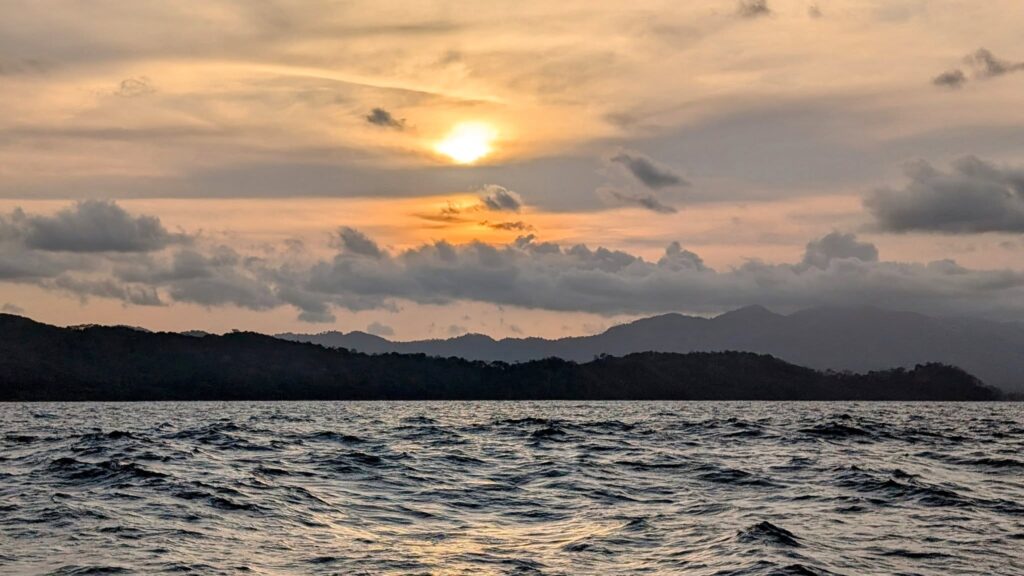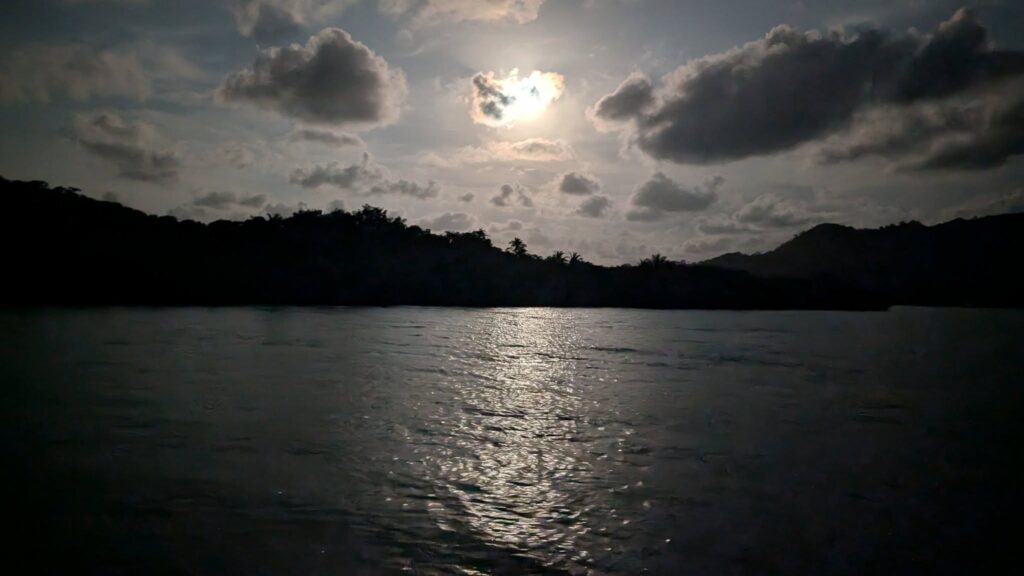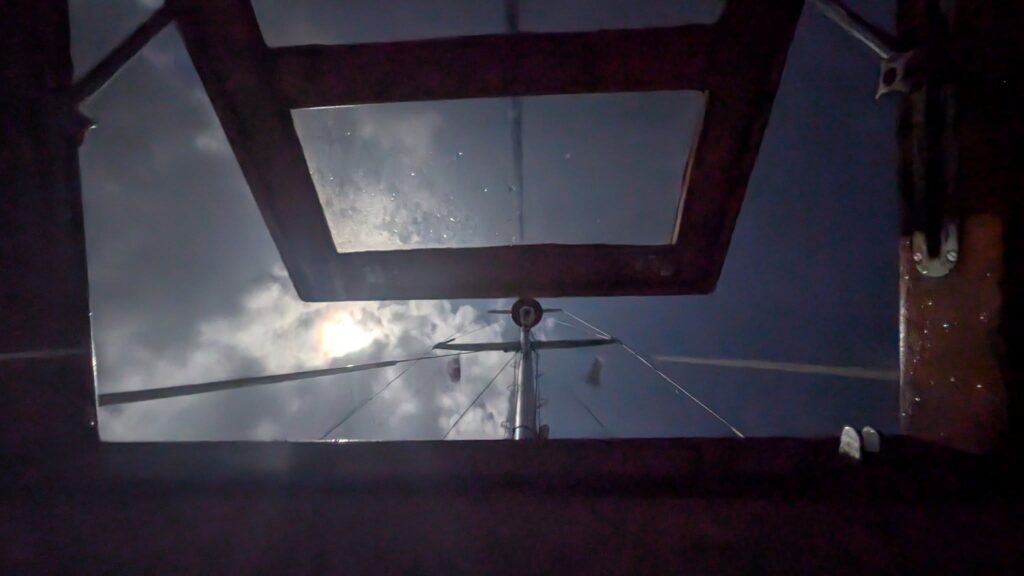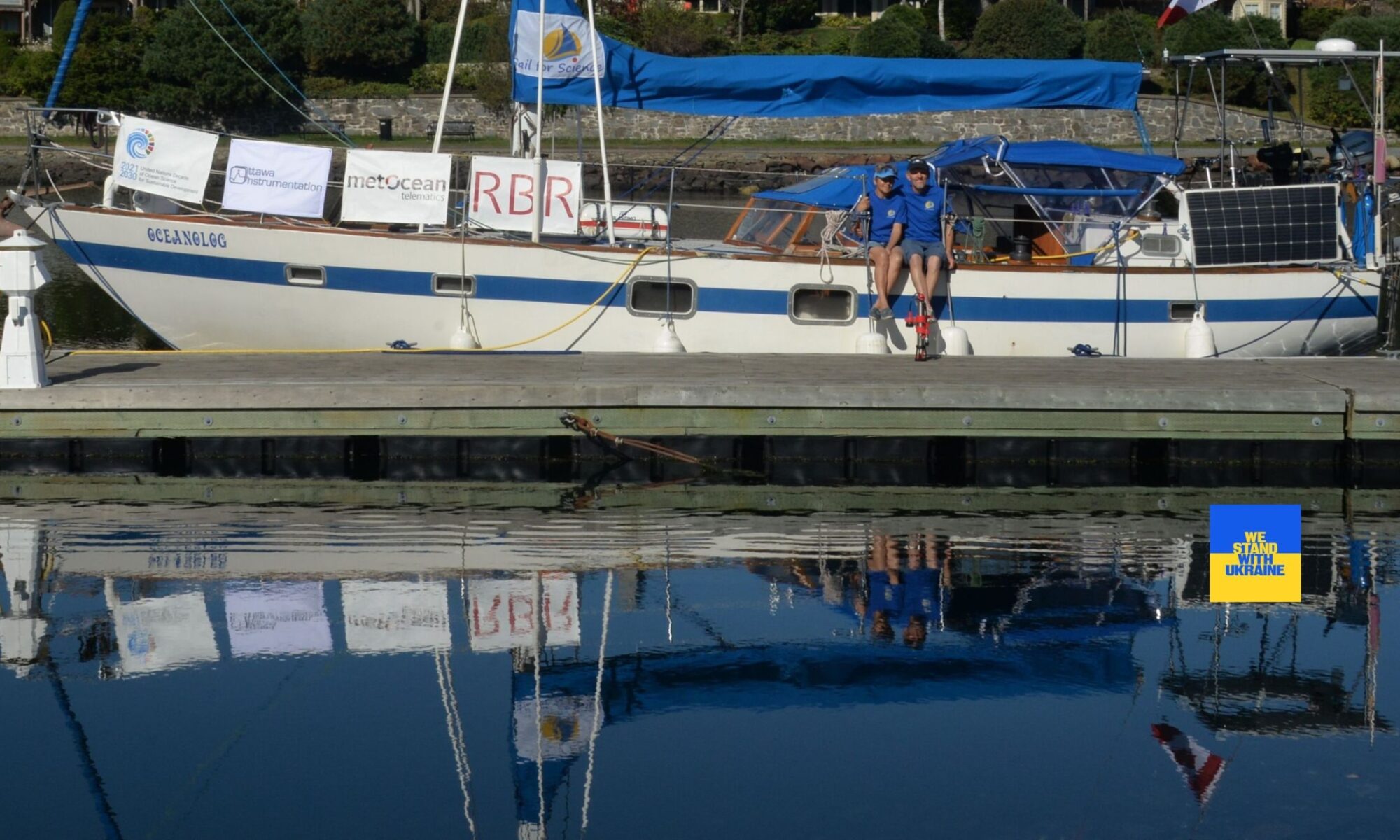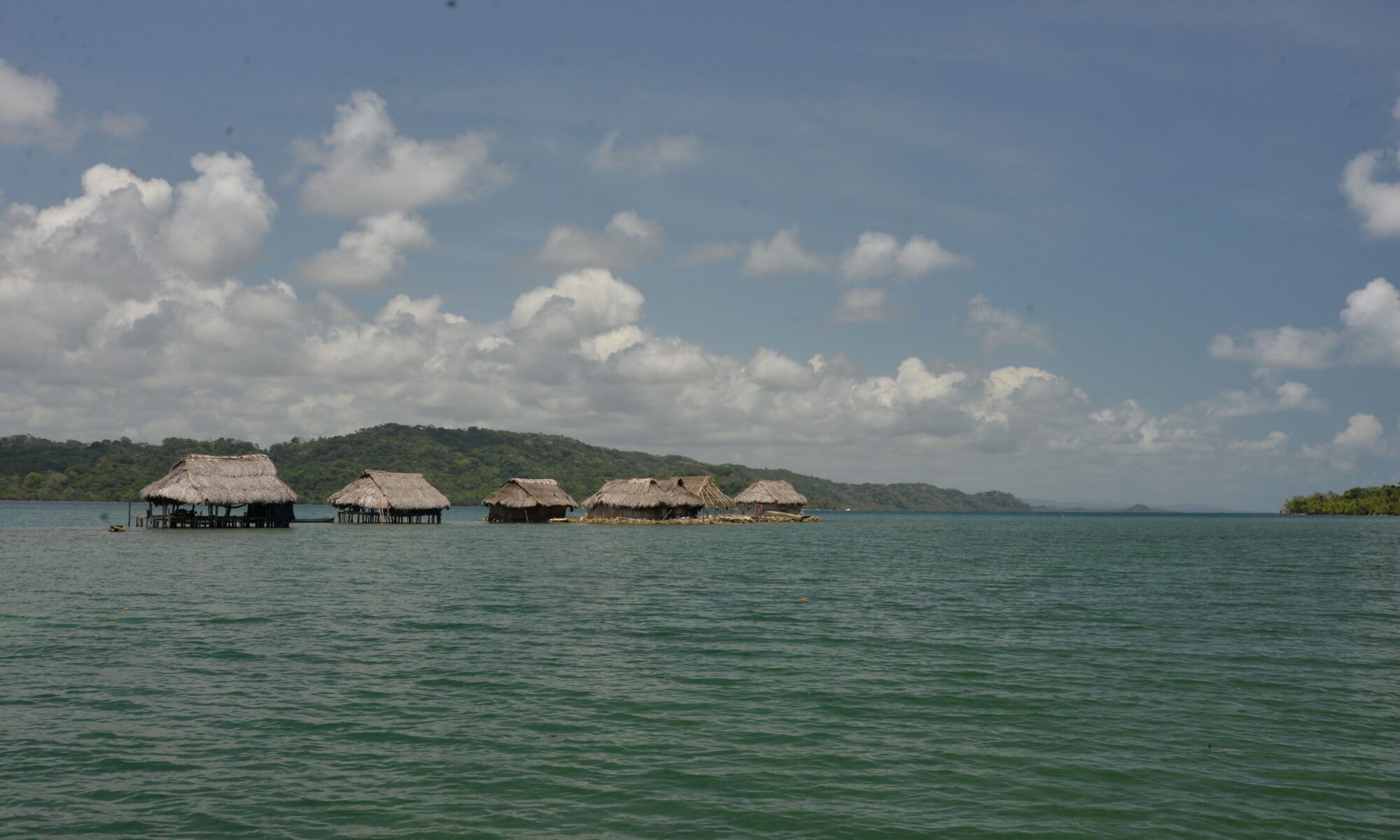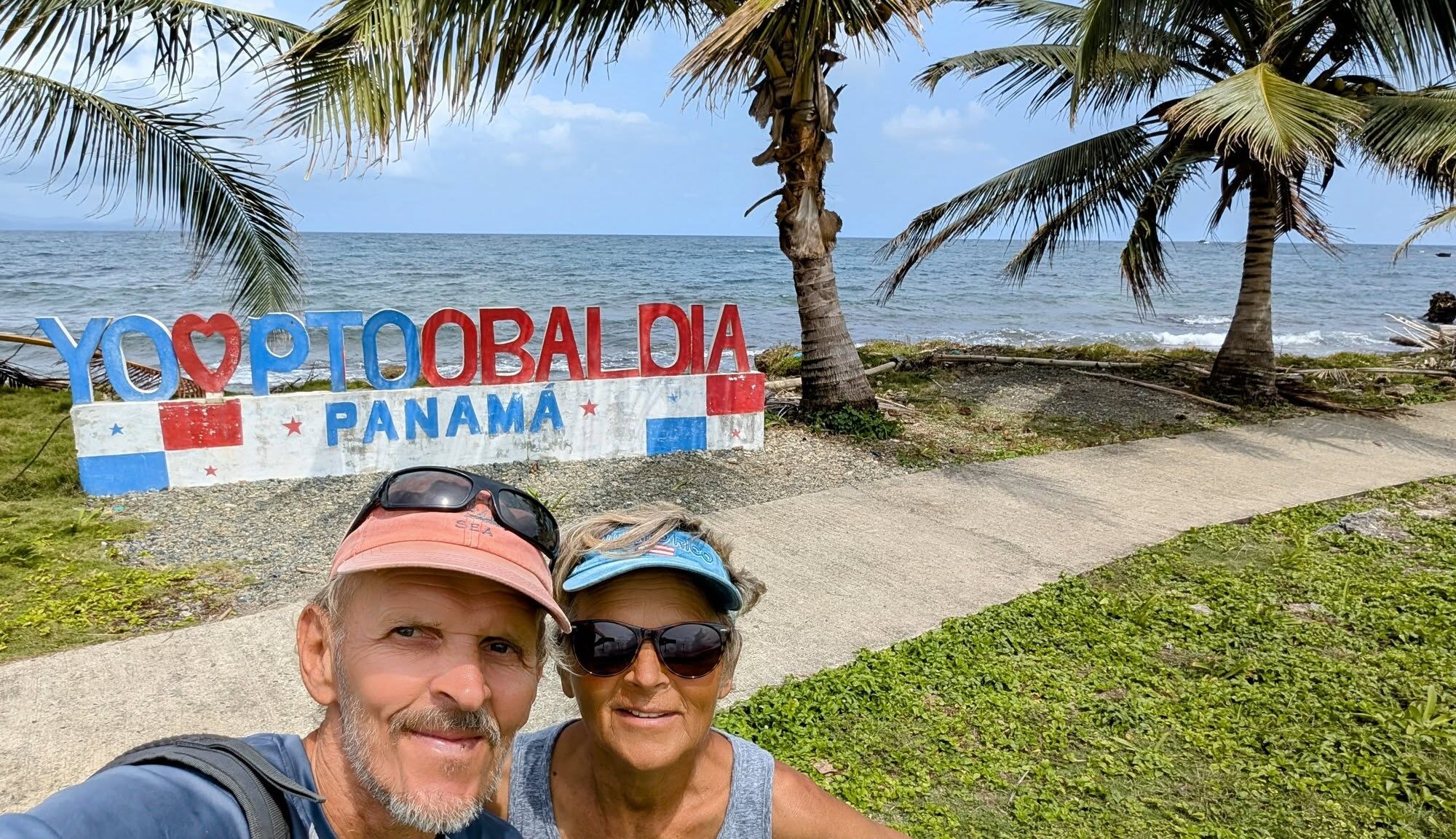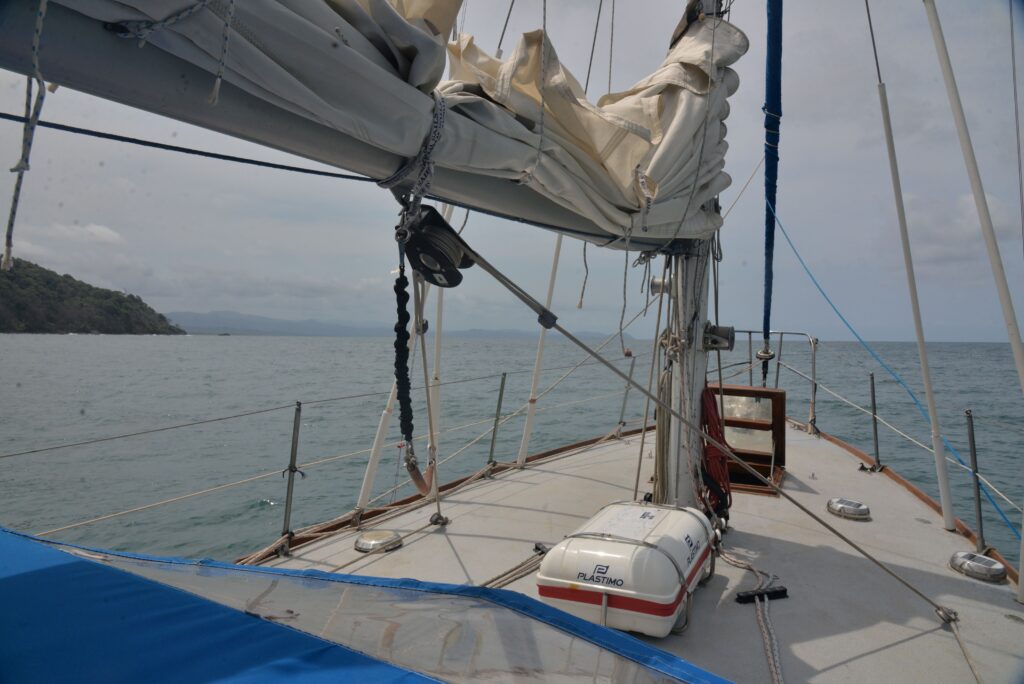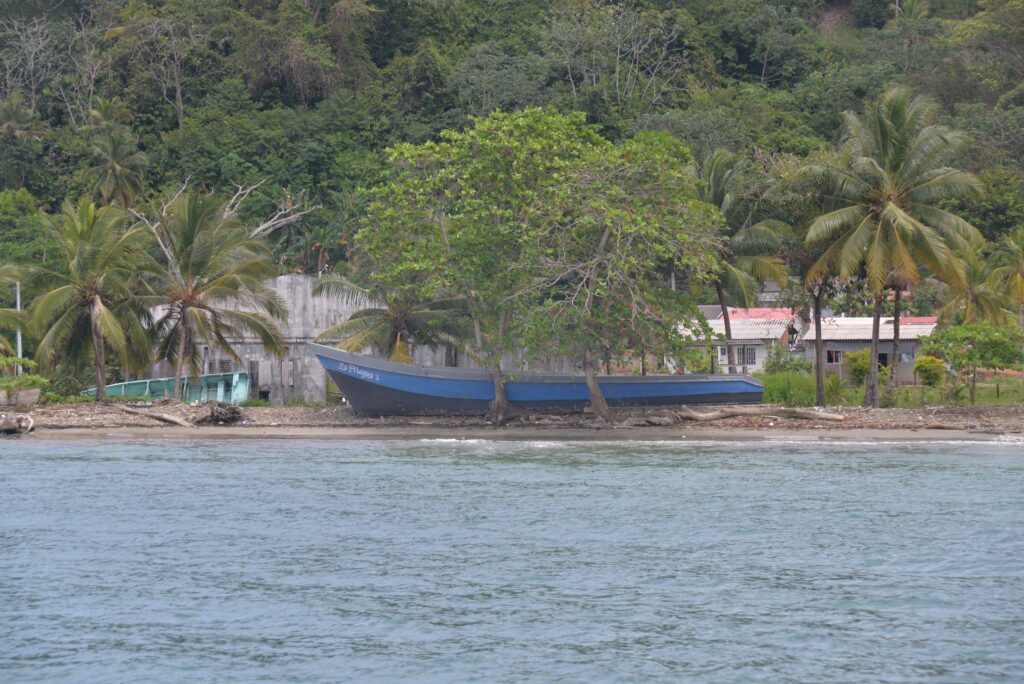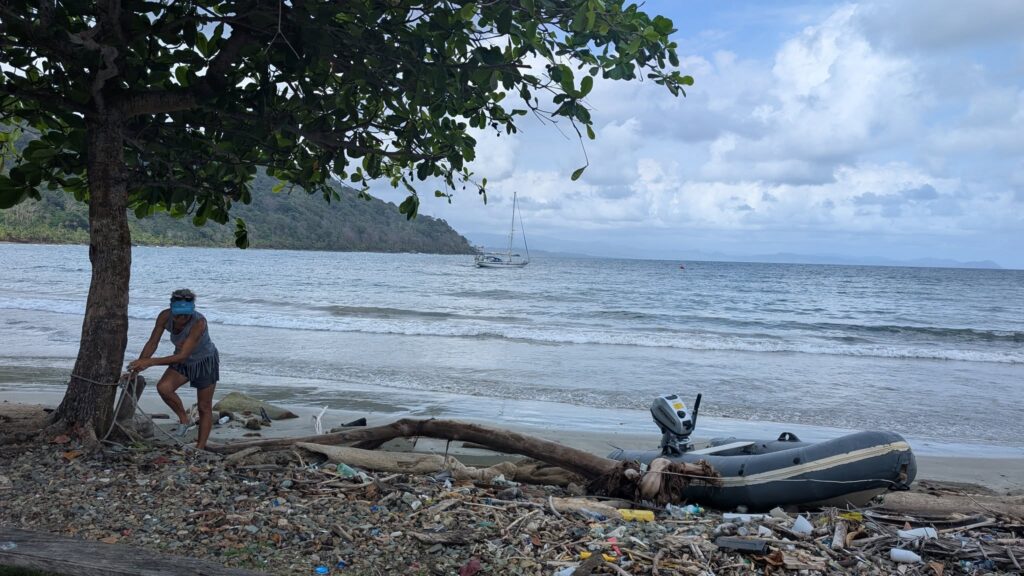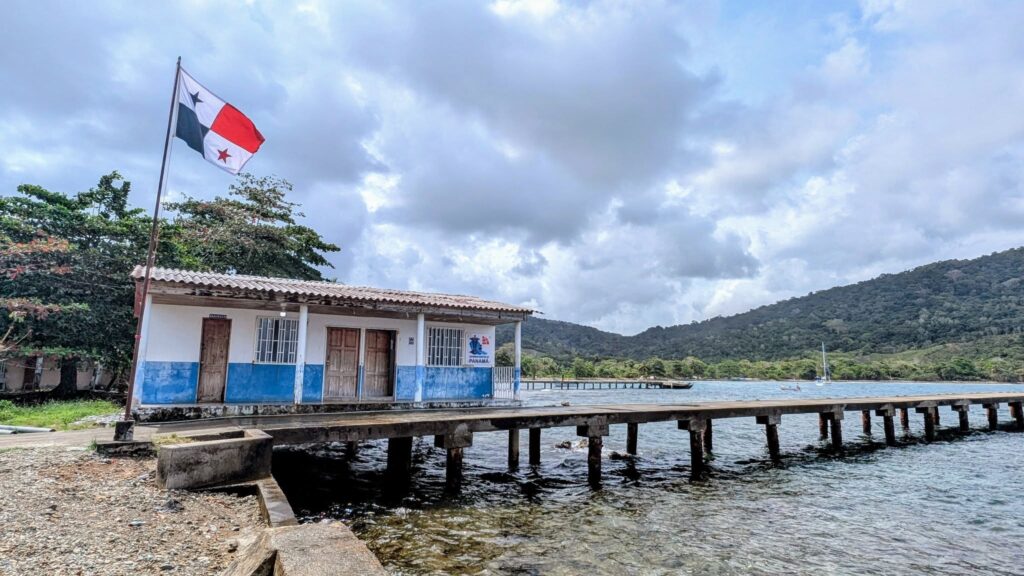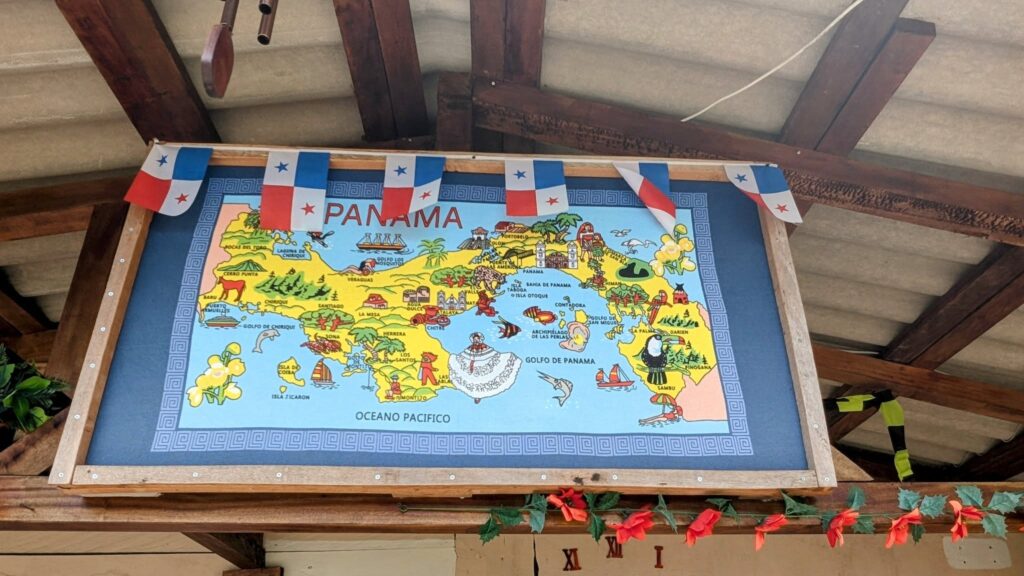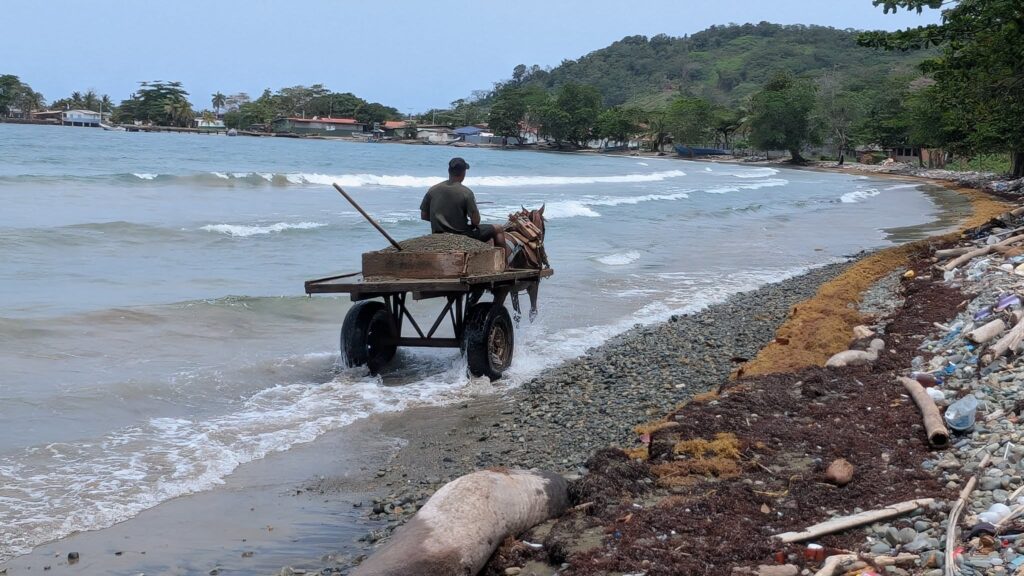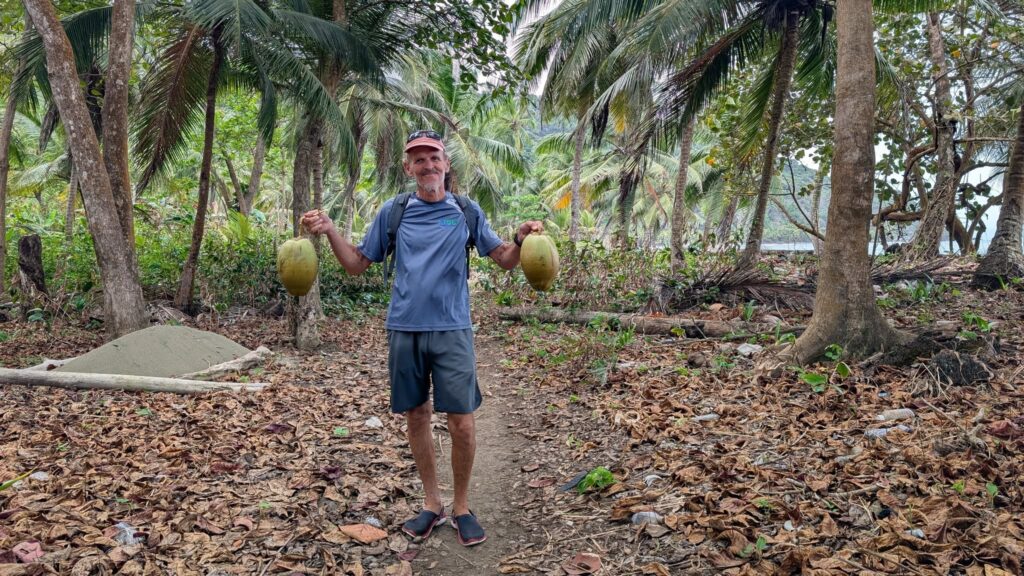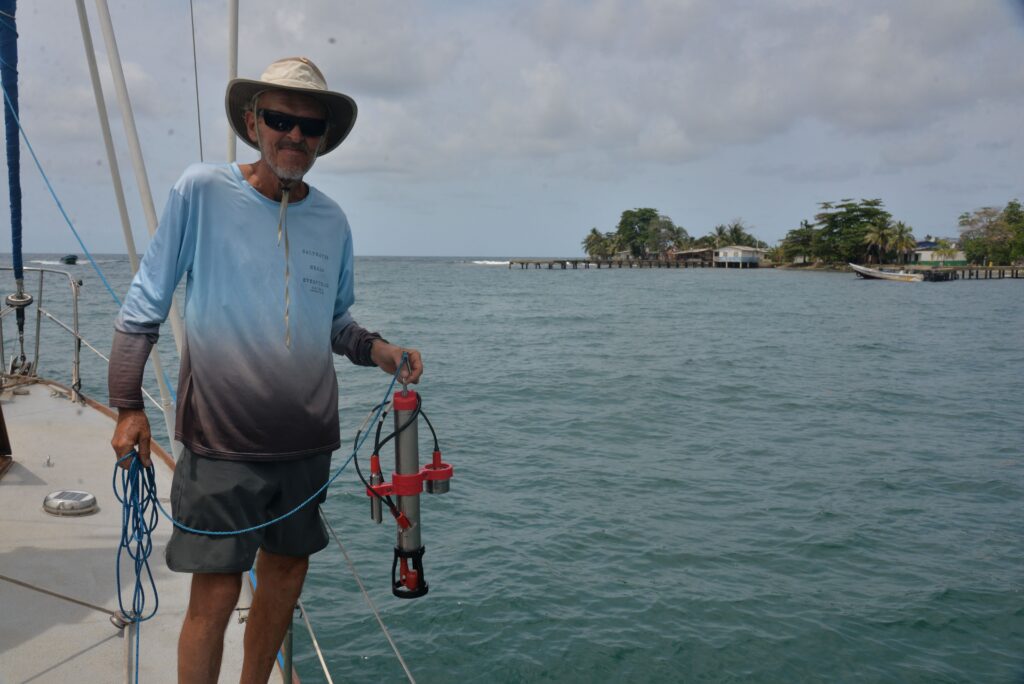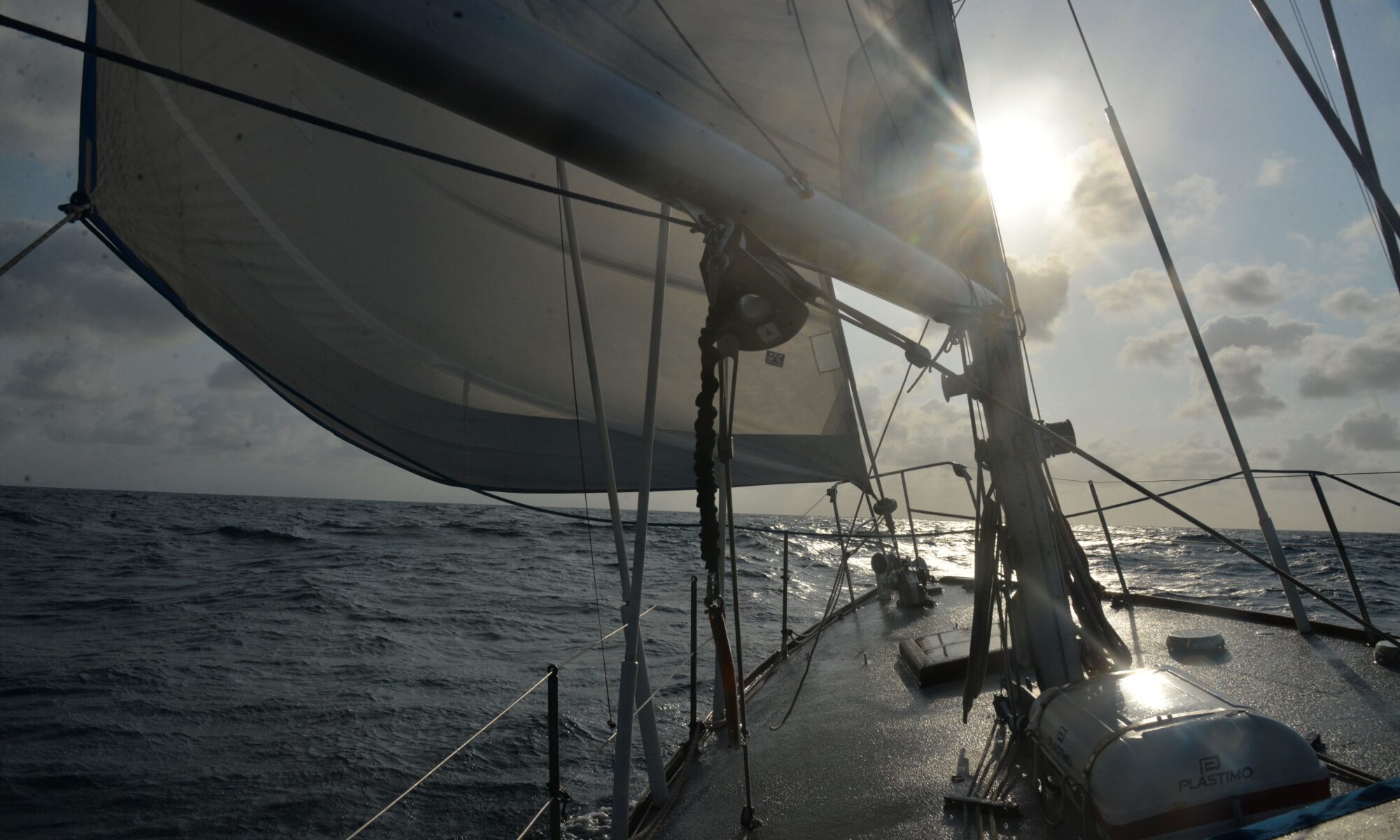We didn’t linger in Obaldia—there wasn’t much to explore, and the place left us feeling a bit underwhelmed. So, we pressed on. Before sunset, we reached a stunning bay: calm, windless, and completely wave-free. It was the perfect anchorage for the night, especially after the previous evening, when rolling waves rocked us like an uneasy cradle. Let’s just say it wasn’t the coziest sleep.
There was one other yacht anchored nearby—a couple enjoying a quiet moment. He was from Uruguay, she from France. We exchanged warm conversation, though somehow forgot to ask each other’s names. It felt more like a shared pause in life’s voyage than a formal meet-and-greet.
That night was magical. The moon lit up the sea like silver, and the only sound was the distant roar of surf—reminding us that Caribbean swells never sleep, even if we could.
At sunrise, three locals paddled over in a traditional pirogue. Apparently, the bay wasn’t entirely free after all—anchorage came with a $10 fee. We only had a $20 bill, so they offered smoked fish, a bunch of bananas, and a generous pile of plantains as change. We sealed our little trade treaty with a can of beer each. Smiles all around. A peaceful exchange between sailors and the stewards of the sea.
After our morning coffee, we took the dinghy to explore. The place was fascinating: a few humble shelters perched right on the reef, built from palm thatch and sticks—some without walls, just hammocks swaying in the breeze. Not a soul in sight, only laundry fluttering on lines. It looked like a fishermen’s retreat, quietly waiting for their return.
The bay was lined with mangroves and coconut palms. Of course, we couldn’t resist topping up our supplies. We snagged a few coconuts—exactly what we needed. Our stash of nuts had run dry, and they cost a fortune in the villages. But with fresh coconuts and a bit of rum on board, we had all the ingredients for tropical happiness.
So, we feasted. Coconut cocktails, salty sea air, and the gentle rocking of the boat. Life at sea? Still sweet.
